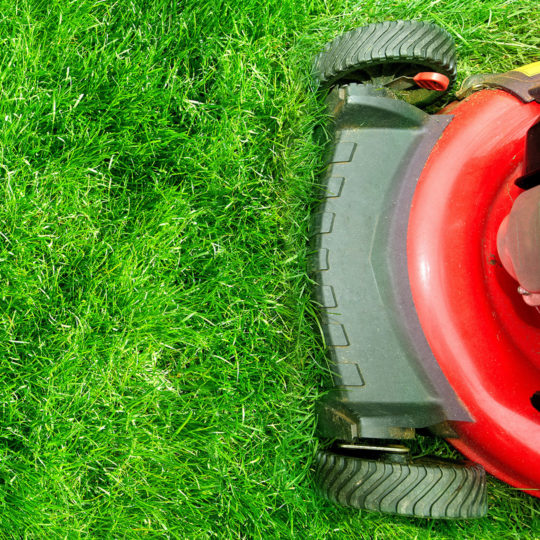When You Can Stop Mowing the Lawn
(hint: it may be sooner than you expect)
Posted
September 8, 2022

Summer has been a scorcher in the northeast this year. For many lawns, the harsh temperatures and lack of rainfall put the grass into a dormant state. This means there probably wasn’t a lot of lawn growing or mowing going on, and that’s okay. While it may pick back up in the fall, the lawn is set to go dormant again in the winter. This leads to the question, when can you stop mowing the lawn? The answer is simple.
Don’t Mow if it’s Not Needed
Many people get stuck into a routine of mowing the lawn every week or two. This is fine when the grass is actively growing, but it could end up doing more harm to your lawn if it’s not needed.
Depending on the type of grass you have, you may not need to mow it much during the height of harsh seasons, like summer and winter. This should be good news for you! While it’s true that mowing helps stimulate growth, it can also scalp the lawn if done too often. You don’t want to cut too much off in one pass. So if there’s not much to cut in the first place, leave the lawn alone.
There may be some areas in your yard that need more mowing than others. This is usually where the grass is shaded. Feel free to run the mower over these areas, but don’t feel the need to cut the shorter areas where the grass isn’t growing more than three inches high.
When to Stop Mowing the Lawn
There are other factors to consider before getting the mower out.
- Soil temperature. Warm season grass typically goes dormant when the ground reaches 55 degrees. Cool-season grass waits until the temperature dips to 45 degrees. Once it gets colder than this, you can probably put your mower away for the season.
- Fallen leaves. Depending on the weather and amount of rainfall, leaves can fall throughout the spring, summer, and fall. A light sprinkling of leaves makes good mulch once it’s chopped up by your mower and left on the lawn. A thick blanket of leaves should probably get raked before you mow. Once fall is in full swing and your trees have lost about half their leaves, grass growth has significantly slowed.
- Frost. Once the first frost hits, it’s another sign that your grass is going dormant. Keep an eye on it and mow if it gets too tall, but it won’t be every week. You also want to remember to keep your grass short so that it doesn’t develop a fungal disease like snow mold.
Professional Lawn Care
No matter the season, your lawn needs some attention. Whether it’s mowing, aerating, or reseeding, there’s always something you can do to help keep it healthy. Contact Cardinal Lawns for a consultation to determine what’s best for your particular lawn. While you may get a break from mowing, there may be something else it needs this time of year.
Special Offer for New Customers
Two Free Lawn Care Treatments
Hurry! Offer Expires July 31, 2024